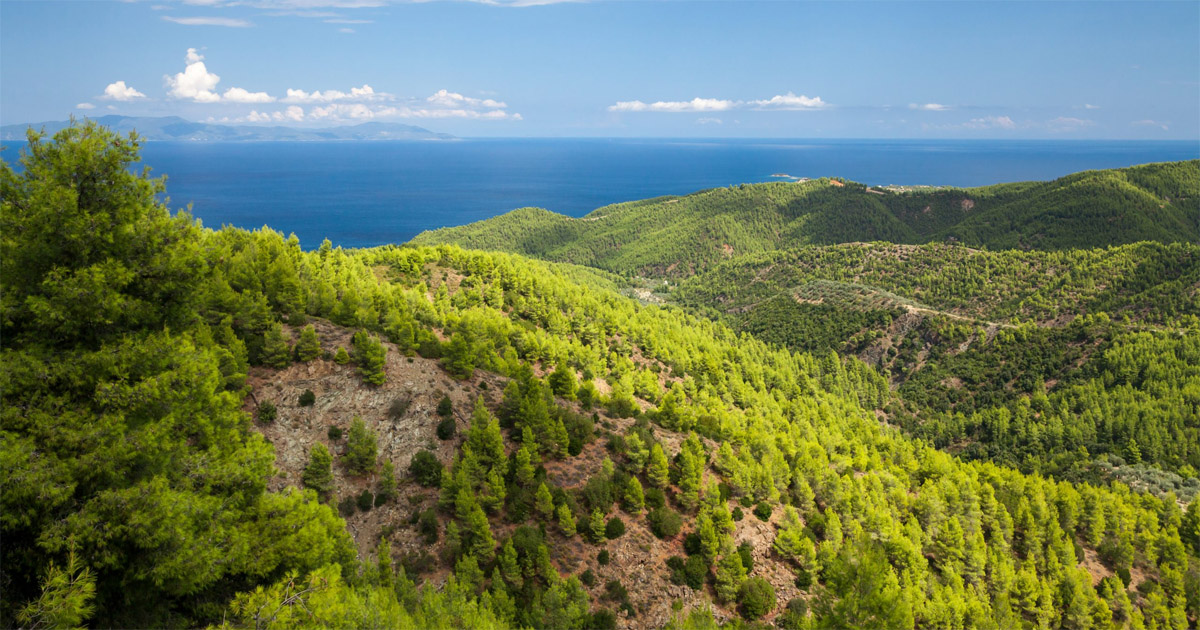A series of experiments in laboratory and hoop house environments was conducted to develop a cyanobacteria-based biological N fertilizer source that can be produced in Ethiopian villages, thus providing an alternative to expensive, imported urea. In the laboratory, factorial combinations of four Anabaena species strains (E-2, E-3, E-5, and E-9) isolated from Ethiopian soils and three water sources (river, lake, and ground water) were laid out in a complete randomized design in a light box constructed for this purpose with three replications. Factorial combinations of two pond-lining materials (transparent and black plastic sheets) and two aeration intervals (1-hour and 30-min intervals) were laid out in a complete randomized design with three replications in a hoop house using small ponds (1 m × 2 m × 0.25 m). Cyanobacteria strain E-3 performed best in the river water and was selected based on significantly higher values of optical density, growth rate, heterocyst frequency, and total Kjeldahl nitrogen than the other strains. DNA sequencing showed that clones of E-3 shared 99% similarity with Anabaena oscillariodes. Moreover, transparent plastic–lined ponds with a 1-hour aeration interval provided the best growing conditions for the E-3 strain based on its significantly higher dry biomass, optical density, and growth rate under these conditions as compared with ponds lined with black plastic or aerated in 30-min intervals. Therefore, transparent plastic–lined ponds with 1-hour aeration intervals are recommended for the mass production of A. osciolloides strain E-3 for use as a biofertilizer.
DOI:
https://doi.org/10.1007/s10811-020-02221-1
Skor altmetrik:
Jumlah Kutipan Dimensi:


















